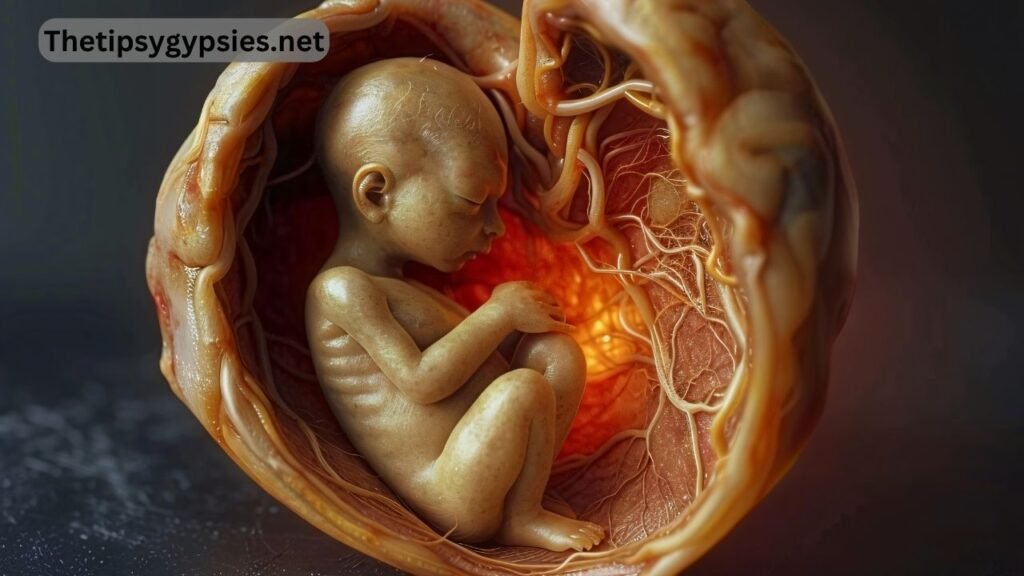Gastroshiza is a rare congenital condition that occurs when a baby is born with the intestines protruding outside the body through an opening next to the belly button. Unlike similar conditions, the exposed organs in gastroshiza are not covered by a protective sac, which increases the risk of complications. Thanks to modern medical advancements, the condition is now more manageable than ever before. In this article, we’ll provide an updated, informative look into gastroshiza covering its causes, signs, diagnosis, treatment, and long-term care.
What Is Gastroshiza?
Gastroshiza is a birth defect of the abdominal wall. It typically forms early in pregnancy when the muscles around the belly button fail to close completely. This opening allows the intestines and sometimes other organs like the stomach or liver to spill outside the body.
Unlike omphalocele, another abdominal wall defect, gastroshiza lacks a membrane or sac to protect the exposed organs. This absence increases the risk of damage due to exposure to amniotic fluid and infection after birth.
What Causes Gastroshiza?
The exact cause of gastroshiza remains unknown, but researchers have identified several contributing factors:
1. Young Maternal Age
Statistically, mothers under the age of 20 are more likely to give birth to babies with gastroshiza.
2. Environmental Exposure
Exposure to tobacco, alcohol, and recreational drugs during early pregnancy may raise the risk.
3. Poor Nutrition
Low intake of folic acid and essential nutrients during pregnancy is associated with a higher chance of congenital defects, including gastroshiza.
4. Genetic and Chromosomal Changes
Although no single gene is directly linked to the condition, some studies suggest that sporadic genetic mutations could contribute.
Signs and Symptoms of Gastroshiza
Gastroshiza can usually be detected during routine prenatal scans, but it becomes immediately evident at birth due to the visible external organs. Common symptoms include:
Intestines clearly protruding from the abdomen
No membrane or sac covering the organs
Swollen or inflamed exposed intestines
Digestive complications
In some cases, low birth weight or preterm delivery
Early diagnosis plays a vital role in planning a safe delivery and prompt treatment after birth.
How Is Gastroshiza Diagnosed?
During Pregnancy
Gastroshiza is often detected via prenatal ultrasound, usually between 18 and 22 weeks of gestation. Ultrasounds can clearly show loops of bowel floating outside the baby’s abdomen.
Doctors may also perform additional tests like:
Amniocentesis to assess genetic abnormalities
Fetal MRI for detailed imaging if needed
After Birth
Upon delivery, the diagnosis is visually confirmed by observing the exposed abdominal contents.
Complications of Gastroshiza
Because the intestines are unprotected in gastroshiza, several complications can arise:
Infection risk due to exposure to bacteria
Fluid loss and dehydration
Intestinal damage from twisting or lack of blood supply
Feeding difficulties
Delayed digestion or malabsorption
Treatment for Gastroshiza
Immediate Postnatal Care
Once a baby is born with gastroshiza, emergency steps are taken:
Wrapping the exposed intestines in a sterile, moist covering
Inserting a nasogastric tube to relieve stomach pressure
Providing intravenous fluids and antibiotics
Moving the baby to a neonatal intensive care unit (NICU)
Surgical Repair
Surgery is essential to treat gastroshiza. There are two primary surgical methods:
1. Primary Repair
If the exposed organs are healthy and the abdominal cavity is large enough, the surgeon can place the organs back and close the opening in one procedure.
2. Staged Repair (Silo Placement)
If the organs are too swollen, a silo bag is used to gradually push the intestines back into the abdomen over several days. Once the swelling reduces, the opening is surgically closed.
Recovery and Prognosis
With advanced medical care, the majority of babies born with gastroshiza recover fully after treatment. However, ongoing monitoring is essential for the child’s development and nutrition.
Potential Long-Term Challenges
Short bowel syndrome (if large portions of intestine are removed)
Feeding intolerance
Developmental delays in rare cases
Risk of hernias at the incision site
Despite these risks, most children grow up to lead healthy, active lives.
Can Gastroshiza Be Prevented?
Although gastroshiza cannot be completely prevented, certain lifestyle choices may help reduce risk:
Take prenatal vitamins with folic acid
Avoid alcohol, tobacco, and harmful substances during pregnancy
Maintain a balanced diet
Schedule regular prenatal visits
Proper care during early pregnancy is key to minimizing the risk of congenital anomalies.
Support for Parents and Families
Receiving a diagnosis of gastroshiza can be frightening. It’s important for families to know they are not alone. Many hospitals provide counseling and support services, including:
Access to pediatric surgeons and neonatologists
Parental education before and after surgery
Emotional and psychological counseling
Support groups for families dealing with congenital defects
Connecting with others who have had similar experiences can provide comfort and practical advice.
Conclusion
Gastroshiza is a complex but treatable congenital condition. With early detection, expert surgical care, and a strong support system, babies with gastroshiza can recover and thrive. While the initial diagnosis can be alarming, today’s medical technologies offer effective treatment solutions and long-term success.






